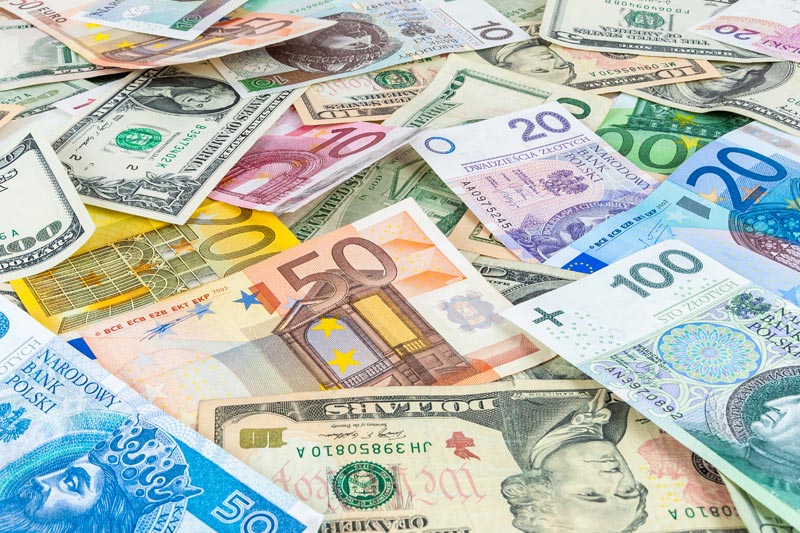Investing.com - The Australian dollar slipped lower against its U.S. counterpart on Thursday, after the release of mixed economic data from Australia, while investors remained cautious ahead of upcoming U.S. job reports.
AUD/USD hit 1.0380 during late Asian trade, the pair's lowest since January 1; the pair subsequently consolidated at 1.0405, falling 0.10%.
The pair was likely to find support at 1.0365, the low of January 31 and resistance at 1.0432, the session high.
The Reserve Bank of Australia said that private sector credit rose 0.4% in December, more than the expected 0.2% increase, after a flat reading the previous month.
Separately, official data showed that import prices in Australia rose less-than-expected in the fourth quarter, ticking up 0.3% after a 2.4% decline in the previous quarter. Analysts had expected import prices to rise 0.5% in the last quarter.
In addition, industry data showed that new home sales in Australia rose 6.2% in December, after a 3% increase the previous month.
Meanwhile, the U.S. Federal Reserve said Wednesday that it will continue its USD85 billion a month quantitative easing program “if the outlook for the labor market does not improve substantially.”
The U.S. central bank also reiterated that it will continue to hold interest rates close to zero until the unemployment rate falls below 6.5%.
The Aussie was lower against the New Zealand dollar with AUD/NZD edging down 0.20%, to hit 1.2434.
Also Thursday, the Reserve Bank of New Zealand left its benchmark interest rate unchanged at a record low 2.50%.
Commenting on the decision, RBNZ Governor Graeme Wheeler said "We expect economic growth to strengthen over the coming year, reducing spare capacity and bringing inflation slowly back towards the 2% target midpoint.”
Later in the day, the U.S. was to release the weekly government report on initial jobless claims.
AUD/USD hit 1.0380 during late Asian trade, the pair's lowest since January 1; the pair subsequently consolidated at 1.0405, falling 0.10%.
The pair was likely to find support at 1.0365, the low of January 31 and resistance at 1.0432, the session high.
The Reserve Bank of Australia said that private sector credit rose 0.4% in December, more than the expected 0.2% increase, after a flat reading the previous month.
Separately, official data showed that import prices in Australia rose less-than-expected in the fourth quarter, ticking up 0.3% after a 2.4% decline in the previous quarter. Analysts had expected import prices to rise 0.5% in the last quarter.
In addition, industry data showed that new home sales in Australia rose 6.2% in December, after a 3% increase the previous month.
Meanwhile, the U.S. Federal Reserve said Wednesday that it will continue its USD85 billion a month quantitative easing program “if the outlook for the labor market does not improve substantially.”
The U.S. central bank also reiterated that it will continue to hold interest rates close to zero until the unemployment rate falls below 6.5%.
The Aussie was lower against the New Zealand dollar with AUD/NZD edging down 0.20%, to hit 1.2434.
Also Thursday, the Reserve Bank of New Zealand left its benchmark interest rate unchanged at a record low 2.50%.
Commenting on the decision, RBNZ Governor Graeme Wheeler said "We expect economic growth to strengthen over the coming year, reducing spare capacity and bringing inflation slowly back towards the 2% target midpoint.”
Later in the day, the U.S. was to release the weekly government report on initial jobless claims.
